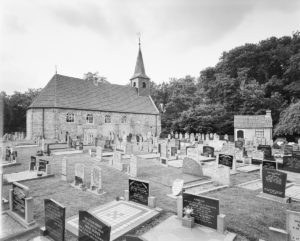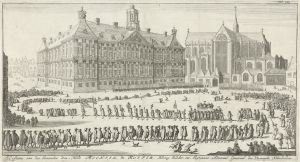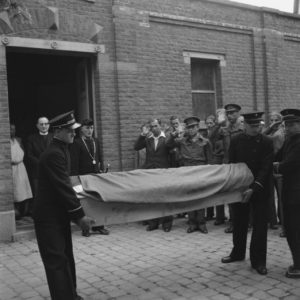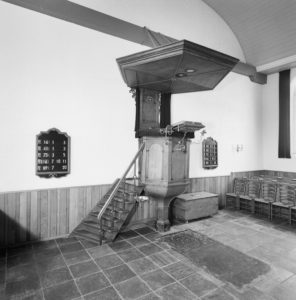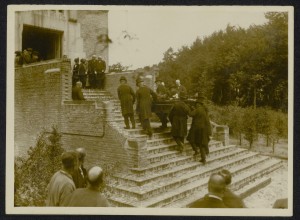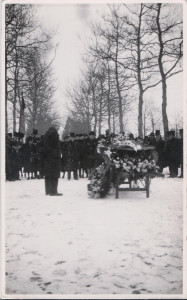I thought it would be fun to do a series of blog post about the extremes in my tree. The oldest person, the youngest parent, the most spouses, the most children, the one who moved the farthest away; you get the idea. In this first article, I present you Jan de Witte, who died in Cadzand in 1754 at the reported age of 105 years and eight months. 1748 census The earliest record I found that indicated Jan's age was the 1748 census of Cadzand, which included the following household: Jan de … [Read more...]
Quick tip – No Burial Information in Death Records
Unlike in some other countries, Dutch death records do not name the place of burial. This can make it hard to find out where your ancestor was buried. There are online websites that list graves, but since graves are routinely cleared after a few decades, the grave may not survive. Sometimes, you can find an announcement of the burial in the paper. You can also use burial registers of the church they attended to see if your ancestor was buried there. … [Read more...]
Dutch term – Beste kleed
In burial records, you will sometimes see the reference to the "beste kleed" or "slechtste kleed." To someone unfamiliar with Dutch or using an automatic translator, that may look like somebody was buried in their best or worst clothes, but in fact the term refers to the lijkkleed or burial pall. The "beste kleed" was the best and most expensive pall. The "slechtste kleed" was the worst and cheapest pall. Many burial records were created as account books, to keep track of the income from … [Read more...]
Dutch term – Lijkkleed
A lijkkleed is a burial pall, the cloth used to cover the coffin. Many churches had a pall that could be rented. The rents were used to benefit the poor. In some cases, the account ledgers of the pall rents survived and can be used as death records. … [Read more...]
Quick tip – Grave Stones in Churches May Not Cover the Actual Grave
If your ancestors were rich, they may have been buried in the church. Many Dutch churches have floors consisting of grave stones. What many people don't realize, is that many of these slabs don't cover the actual graves anymore. The graves may have been cleared to make room for new (unmarked) ones, or the stones may have been rearranged when the church was renovated. Hattip to Willem Vermeulen for suggesting the topic. … [Read more...]
Dutch term – Crematie
Crematie is the Dutch word for cremation. In 1874, a group of Dutch people organized a foundation for the introduction of corpse burning in the Netherlands. They lobbied to allow cremation, which was forbidden by law. Their efforts led to the building of the first crematorium in 1913 and the first cremation took place in July 1914. Technically, this was still illegal, since it would take until 1955 for the law to be changed. Film about the first crematorium This film, created by the … [Read more...]
Dutch term – Graf
A graf is a grave. In the Netherlands today, burials take place in special cemeteries, often at the outskirts of towns. Before 1827, most people would have been buried in or around the church. Read how graves are routinely cleared after several decades, and check out these Dutch alternatives to Find a Grave to see if your ancestors' graves survive. … [Read more...]

